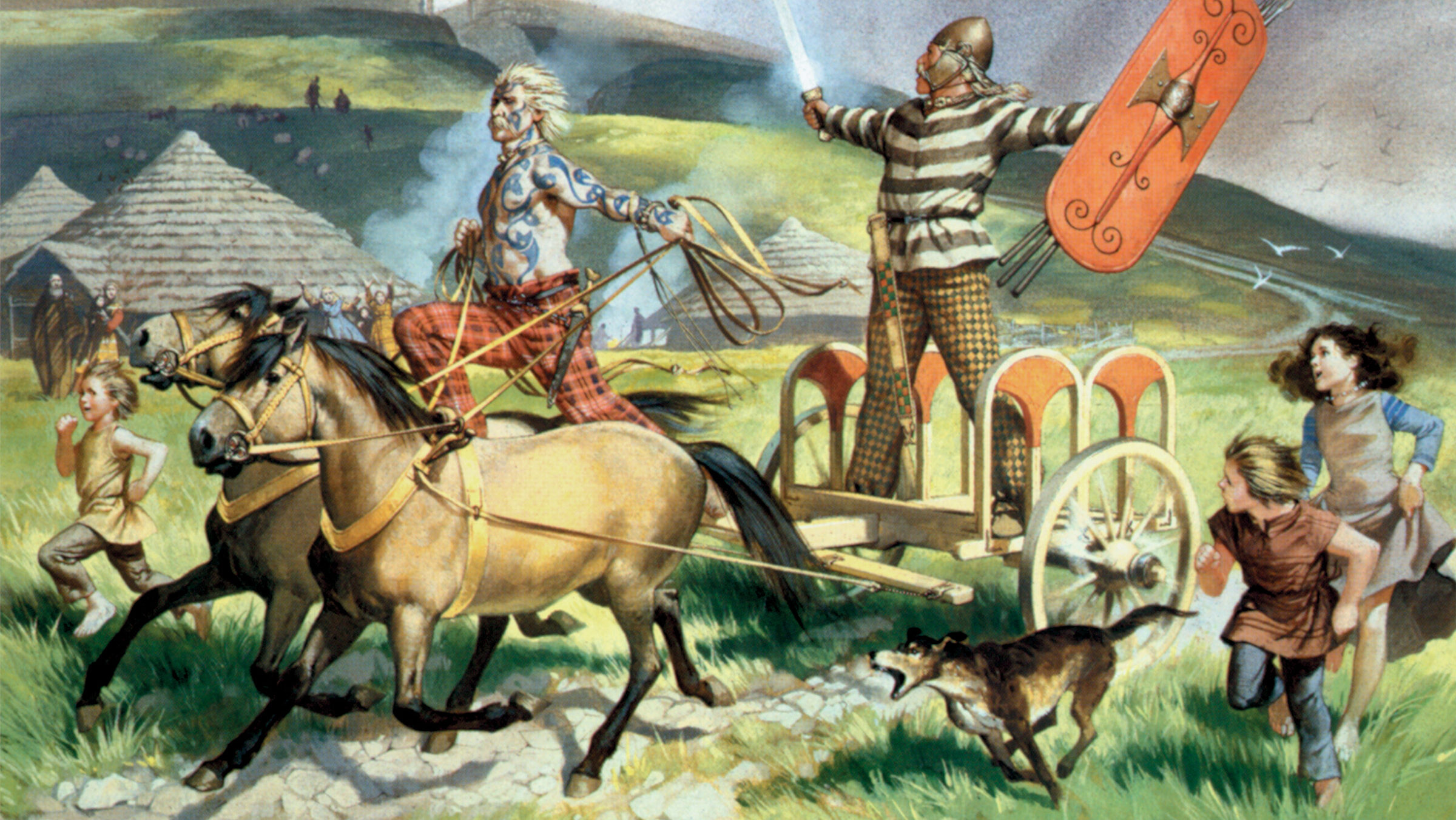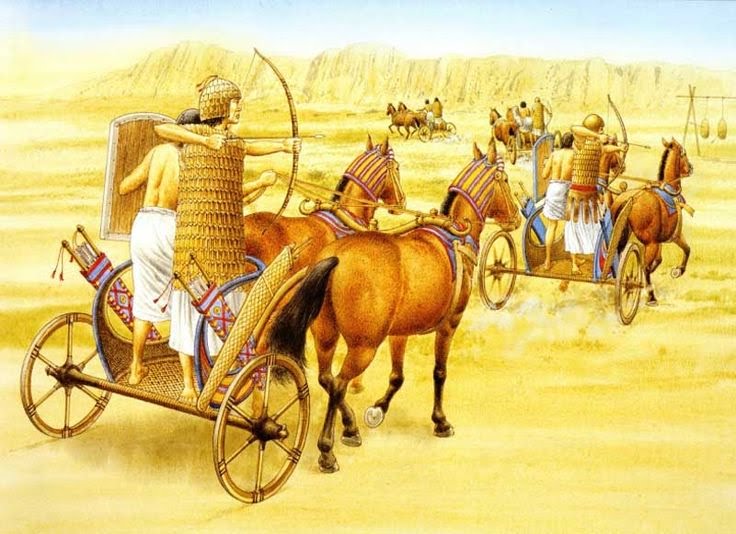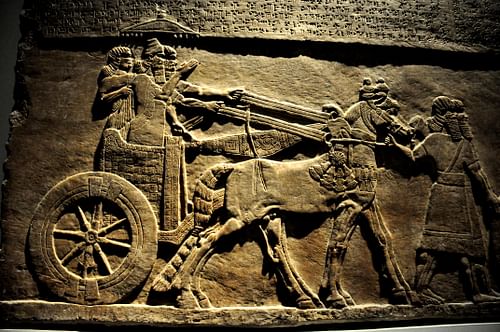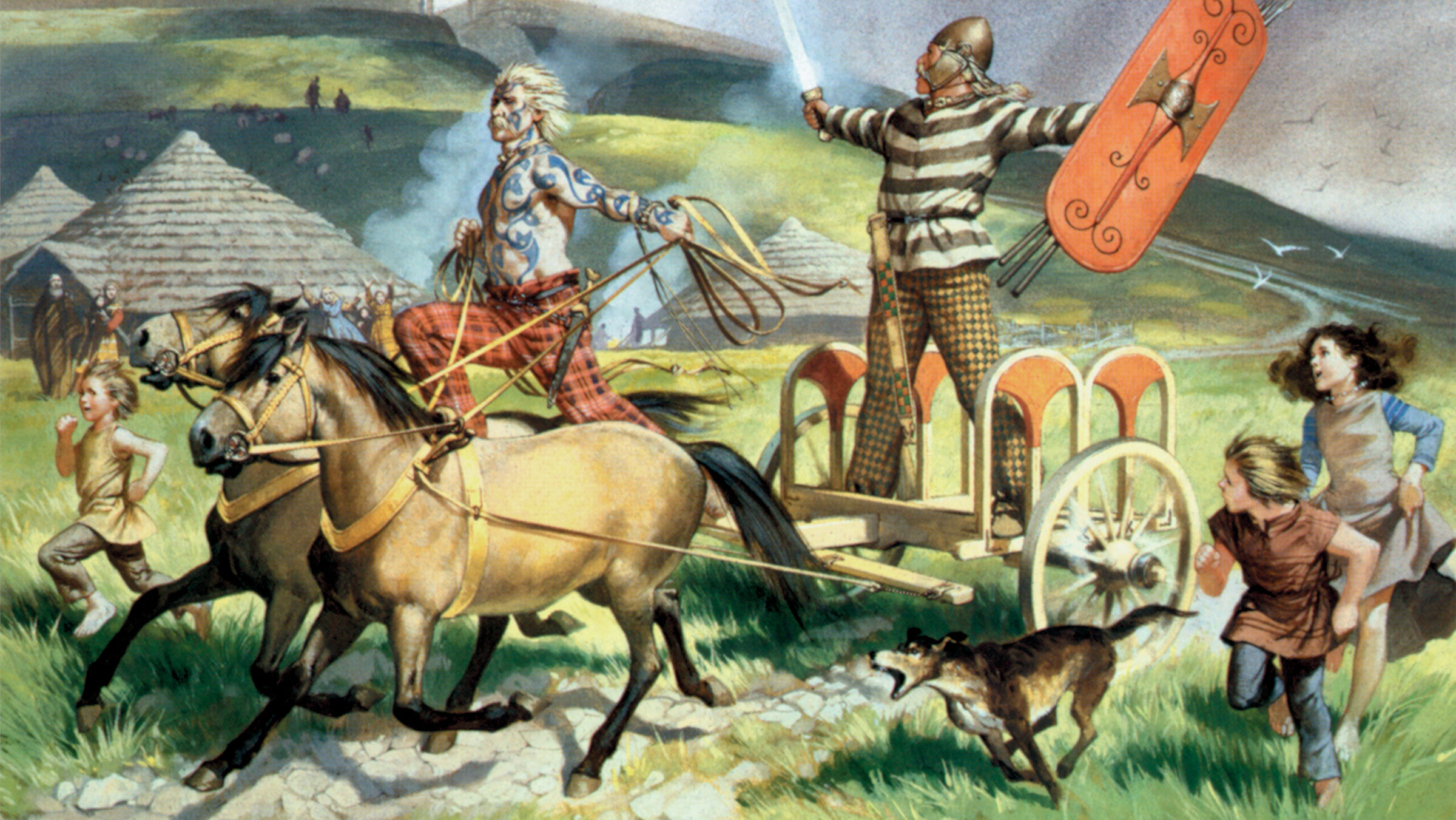The Battle of Kadesh in 1274 BC was a turning point in ancient warfare. Imagine thousands of chariots thundering across the battlefield, with Pharaoh Ramses II leading the charge. This epic clash between the Egyptians and Hittites wasn’t just about brute force; it showcased the ingenuity and strategy that defined ancient warfare. From tribal skirmishes to massive empires, warfare evolved into a sophisticated art that laid the groundwork for modern military tactics.

Image Source: Warfare History Network
From Tribes to Empires: The Rise of Organized Warfare
Before empires rose, early humans fought over hunting grounds and resources. These small-scale conflicts were chaotic and unorganized. But as agriculture and permanent settlements emerged, so did larger, more disciplined armies. Empires like Assyria, Egypt, and Rome transformed warfare by introducing centralized control and systematic training. These advancements weren’t just about conquering lands—they were about building civilizations.
Game-Changing Innovations: Chariots, Formations, and Siege Technology
One of the most revolutionary inventions was the chariot, introduced around 1800 BC. These fast, mobile platforms gave armies a tactical edge, allowing them to strike quickly and retreat just as fast.

Image Source: Gordon Doherty
Military formations like the Greek phalanx and Roman testudo turned disorganized fighters into cohesive units. Siege technology, such as battering rams and catapults, enabled armies to breach fortified cities. Even weapons like composite bows and iron swords gave soldiers a decisive advantage. These innovations weren’t just tools of war—they were testaments to human creativity.
Legendary Leaders and Epic Battles
Alexander the Great’s tactical genius reshaped the ancient world. His use of the phalanx formation and rapid cavalry strikes allowed him to conquer vast territories. Hannibal, another master strategist, stunned Rome by crossing the Alps with war elephants. Battles like Gaugamela and the Siege of Carthage became legendary, studied by military leaders for centuries. These figures and their strategies remain a cornerstone of military education today.

Image Source: World History Encyclopedia
The Legacy of Ancient Warfare
Ancient warfare wasn’t just about destruction—it drove progress. Wars reshaped political boundaries, spread cultural practices, and accelerated technological advancements. The principles of logistics, engineering, and strategy developed in ancient times still influence modern militaries. From fortifications to weaponry, the innovations of ancient warriors continue to echo through history.
Conclusion: Lessons from the Past
The lessons of ancient warfare are timeless. They remind us that conflict, while destructive, can also be a catalyst for innovation. Whether it’s the strategies of Alexander or the engineering feats of Roman engineers, the legacy of ancient warfare lives on. Next time you hear about a military breakthrough, remember—its roots might stretch back thousands of years.
References:
Ancient warfare – Wikipedia – link
War in Ancient Times – World History Encyclopedia – link
Discoveries and New Technologies that Changed Warfare – link
The Greatest Battles of the Ancient World – WorldAtlas – link
Categories: Ancient Civilizations, History, Military, War History
Tags: Alexander the Great, Ancient Warfare, Battle of Kadesh, chariots, Hannibal, Military History
Religion: Polytheistic
Country of Origin: Egypt, Greece, Italy, Syria, Turkey
Topic: Ancient Warfare
Ethnicity: Various (Egyptian, Hittite, Greek, Roman)



